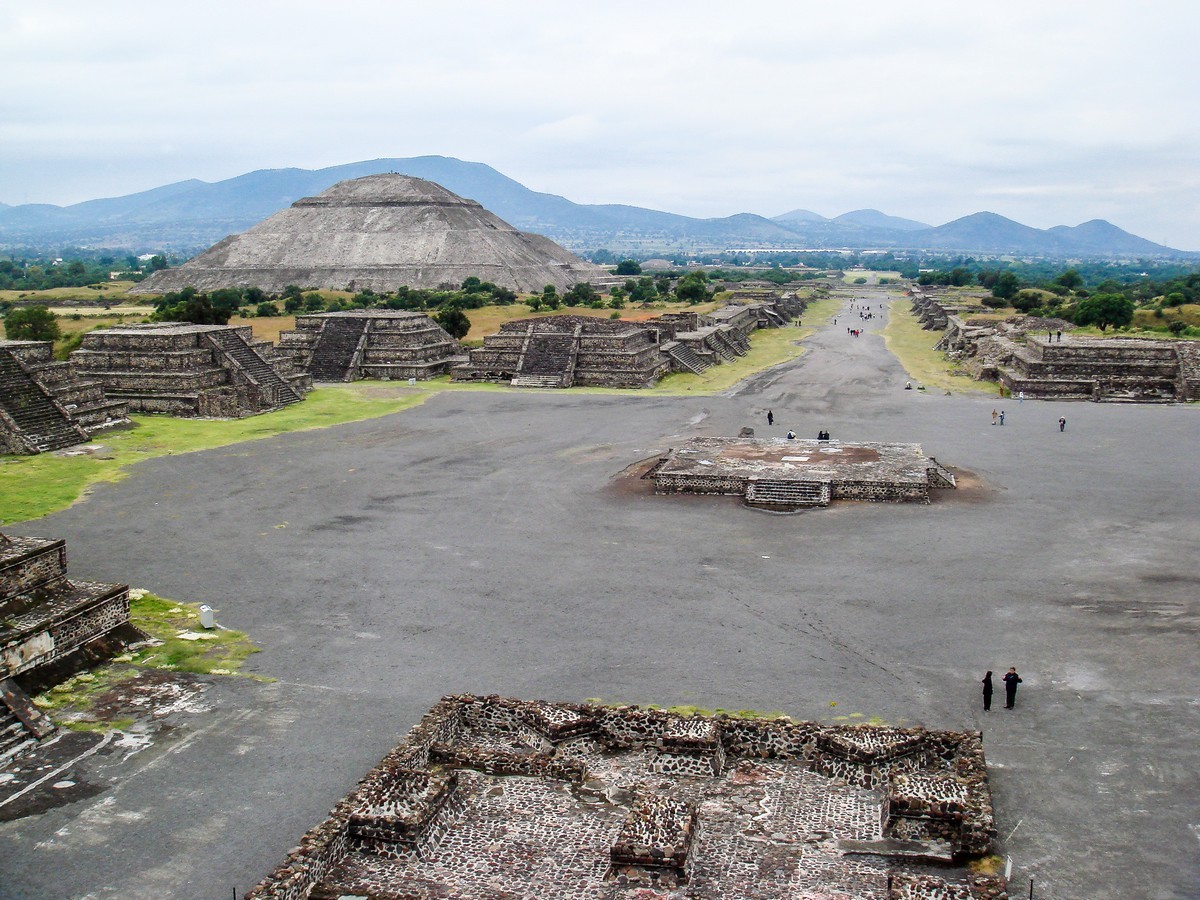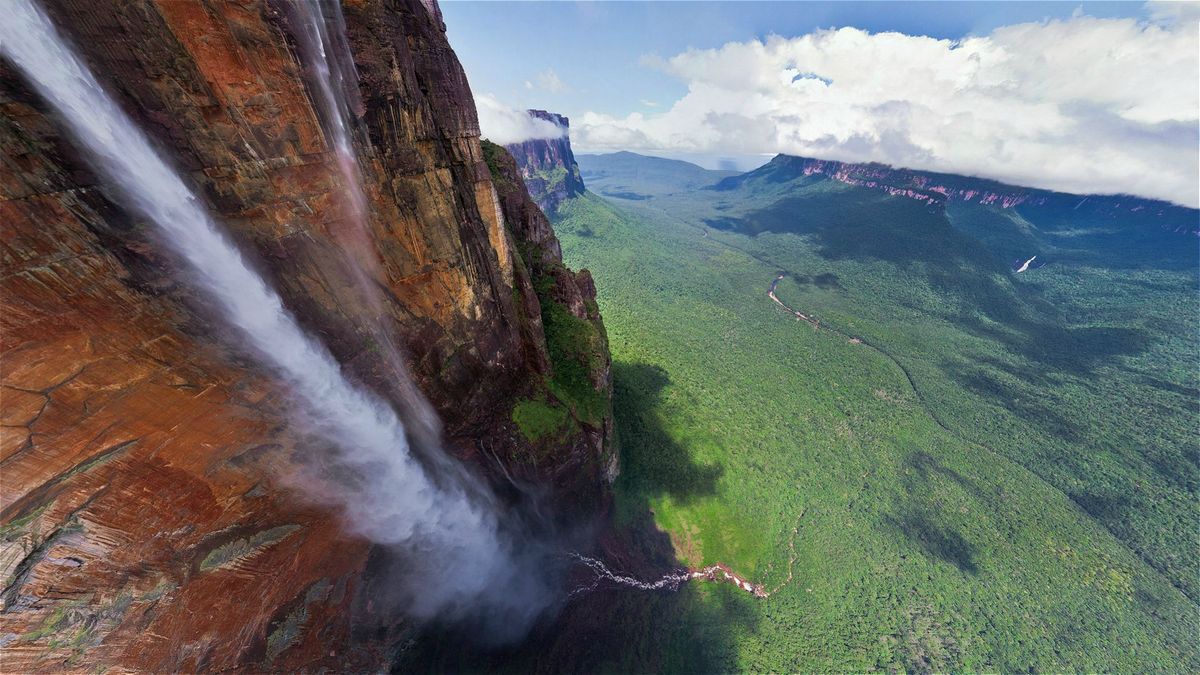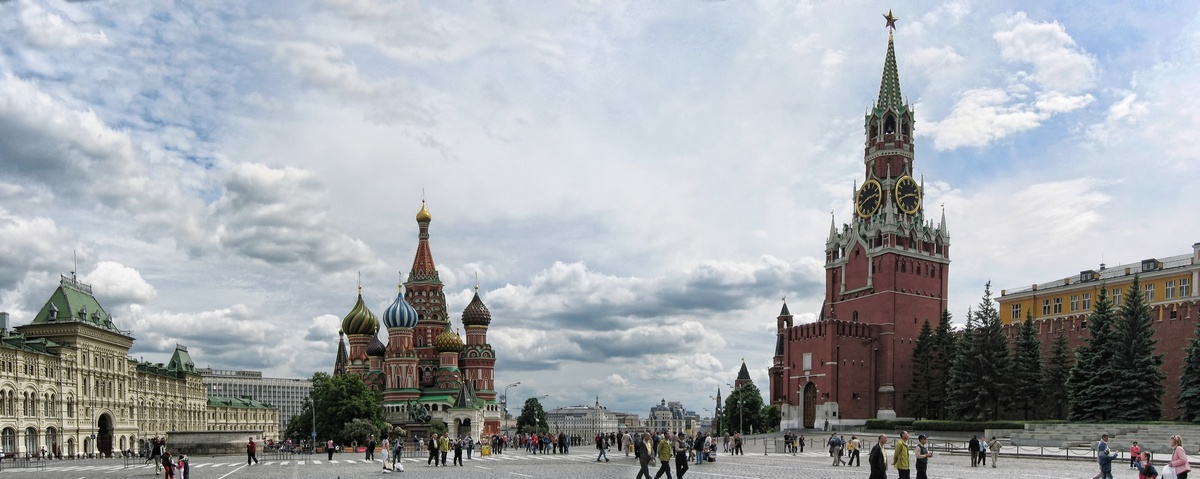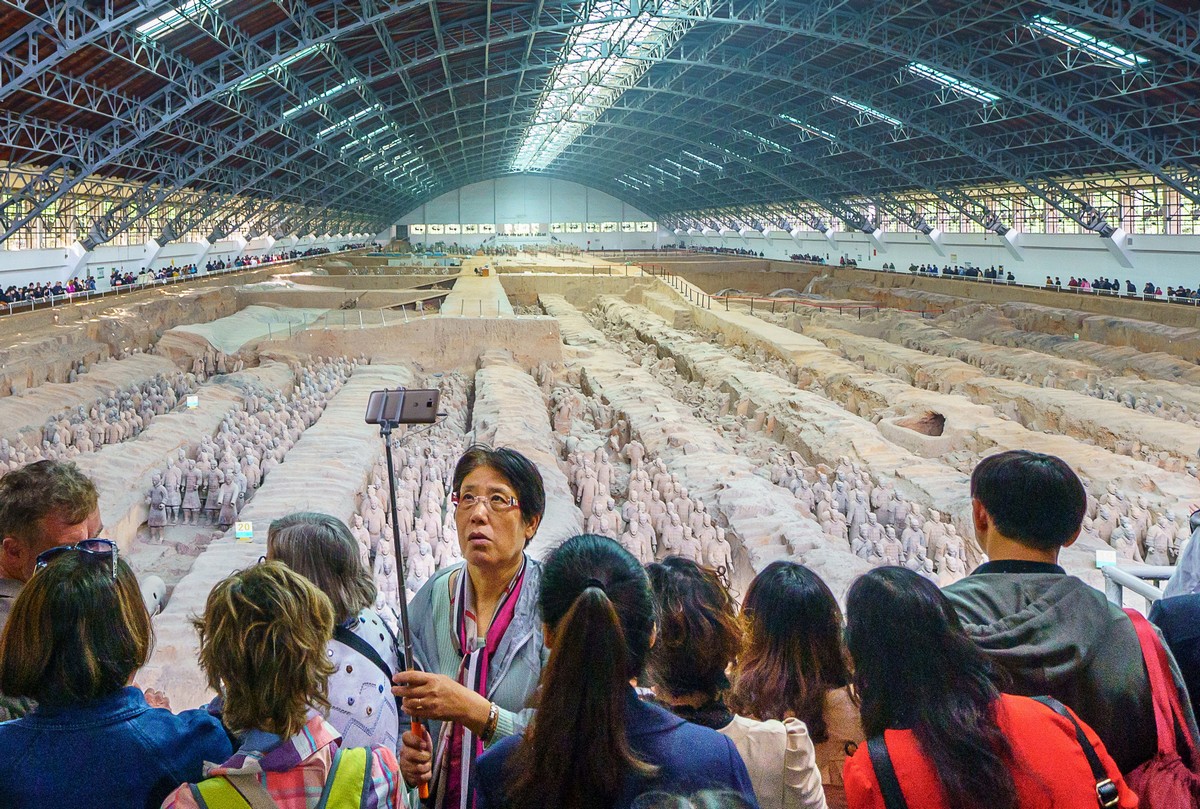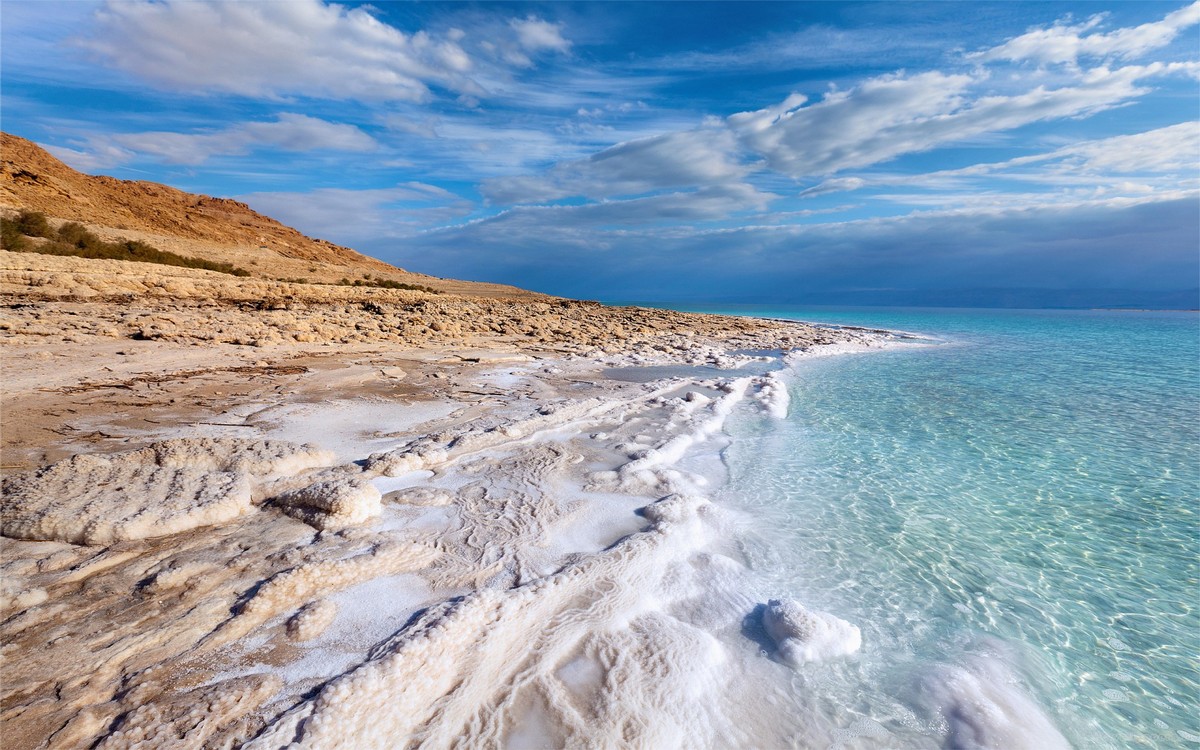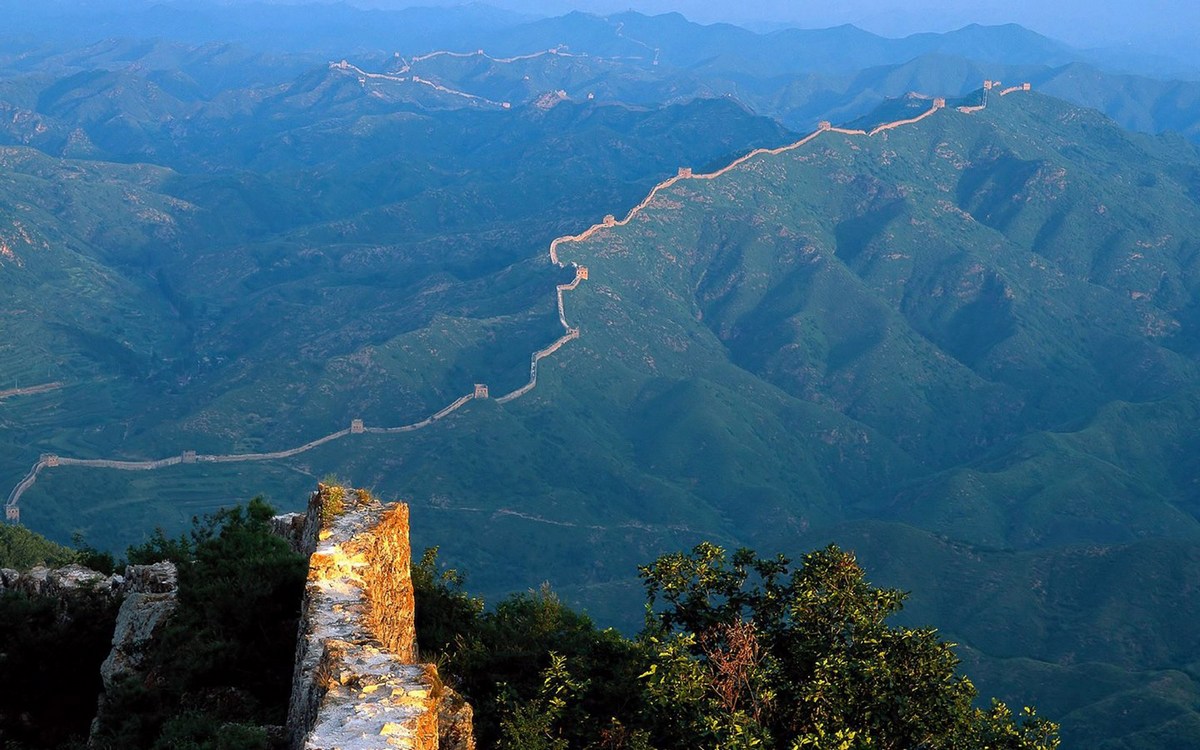Ladies and gents, boys and girls!
Another year, another… oh dear. Where did that go? Again!
Indeed the end of 2018 is upon us, with our planet just a few hurdles short of its full circle around the Sun. Up here in wintery Moscow it’s snowy and freezing (-14°C today); down in the summery southern hemisphere it’s sunny and warm; but no matter where you are on the planet there’s one thing that’s the same: we’ll soon be seeing in the New Year of 2019…
Almost as inevitable as a +1 being added to the number of years since the year dot – before the presents, the fireworks displays, the champagne, the parties… – there also simply has to be my round-up of the year!
However, the round-up of the business year of Me Lab… that will come later on. Here will be a summary of my personal achievements of 2018. There was an abundance of interesting/amazing throughout the year, so I’ll have to somehow organize it all into different categories. But first off, let’s get things rolling with some pics of highlights of the year:
https://www.instagram.com/p/BdeshDFnZFu/
Next, my year – in cities/countries. The ones inside square brackets were places I was visiting purely for tourism; the rest – on business.
Read on…
